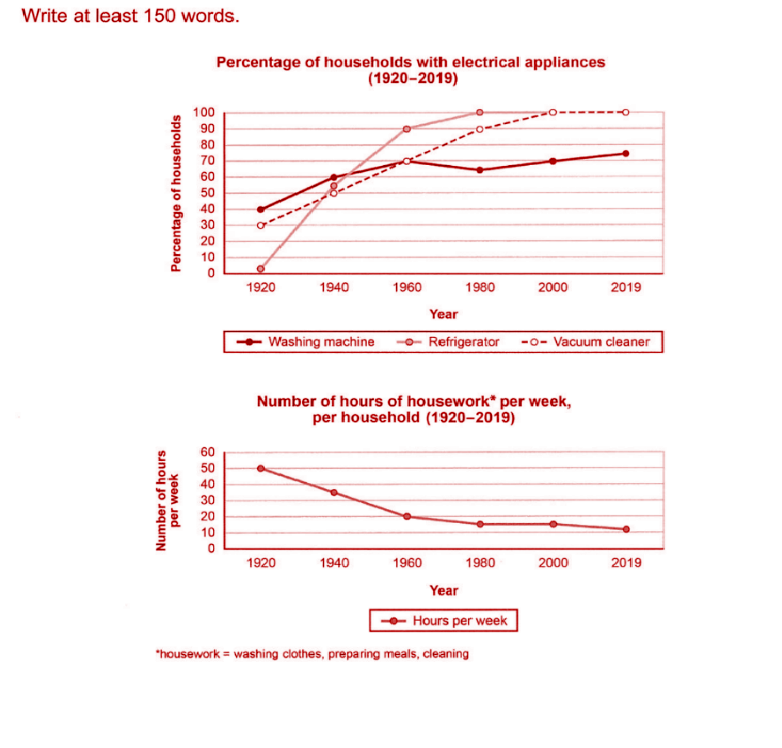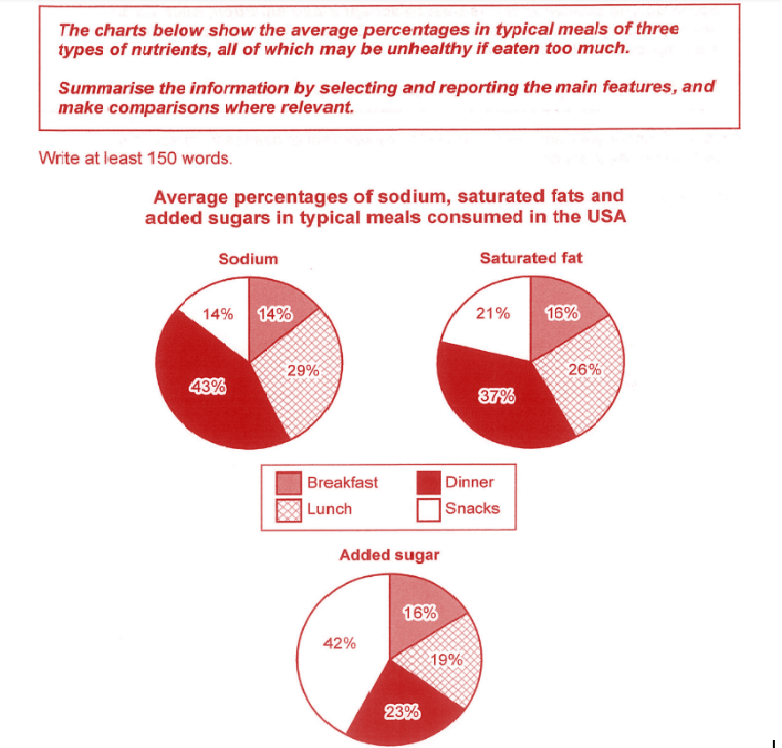
Steps to Attempt IELTS Lines Charts and Graphs
While 20 minutes are good enough to attempt IELTS Writing Task 1, it is not enough if in absence of proper time management. It is observed that lack of planning often leads to candidates performing their writing Task 1 poorly.
Here, we have the steps which the candidates can adopt to properly attempt IELTS writing Task 1 academic. The rules here are given forLine Graph Task 1, Bar Graph Task 1 and Table Graph Task 1:
Step 1: Grasp the Gist of the Question (1-1.5 minutes)
The very first step for the test takers is to understand the gist of the question of the IELTS writing task 1. Here, gist means what the graph or chart is representing, such as comparison, shares, growth, or any other trend. Often in pictorial representations, the common parameters determine the gist of the question. For instance, If the common parameter is the year, then there are two factors that are being compared on their yearly performances.
Once the gist of the question is clear, it becomes a lot easier for the candidate to further inspect the question.
The pro tip for IELTS task 1 here is that the gist or common factor is often represented on the y-axis or x-axis in the line graph Task 1.
In the case of a pie chart IELTS and bar graph IELTS, finding the gist is fairly easier, as it is based on finding the factor which is the whole one.
Step 2: Identify the Main Features of the Question (1 -1.5 minutes)
After understanding the gist of the question, the candidate needs to identify all the features involved in the line graph IELTS presented. These features include all the information presented, including the fields and units, the number of parameters represented, the subject they are related to, the trend showcased, etc.
Identifying the features and gist shall take the candidate almost 2-3 minutes, at the end of which they will find themselves to have simplified the question by a good measure.
Step 3: Identify the Interrelationship of the Features (1-2 minutes)
Once the candidate has identified the gist and features of IELTS writing task 1, they need to identify and work out the interrelationship showcased by the graph or line chart.
The interrelationship is the representation that is intended by the task 1 bar graph or line chart. It might seem like the gist but it is much more. The gist is the summary of the pictorial representation, but interrelationship is the purpose for which a bar graph task 1 or line graph IELTS has been designed.
Although the purpose is often contextual and IELTS exam 2023 candidates shall only have a graph or chart, and possibly a very short outline of information, they can still work out a rough and most probable purpose of the graph.
If the candidate has already worked out the first two steps well then figuring out the interrelationship will only take them 1-2 minutes.
On completion of the first three steps, the candidates shall find themselves that they have decoded their IELTS Task 1 to its full. They know and have grasped all the information presented, and now only have to relay it, while only 4-5 minutes have passed since beginning their writing task 1 academic test.
Step 4: Draw an Outline (2-3 minutes)
As candidates must have observed that the steps are simple and practical, but organising them has made the process simpler and more speedy. Similarly, we can organise the writing steps as well of IELTS task 1.
First of all, candidates need to draw an outline of their IELTS writing task 1. This outline refers to the structure, that is an introduction, the body, and the conclusion.
While the introduction and conclusion are self-explanatory, we suggest that candidates create a structure of task 1 bar graph or table chart task 1 or pie chart IELTS to ensure that they do not forget or repeat the information in the body text.
In the body, candidates can bifurcate their information on the basis of the structure. First, they give an overall explanation, then explain the features and draw interrelationships, and finally, give an in-depth insight into the representation of the graph or line chart.
Since every aspect of information has already been understood the process shall take at most 3-4 minutes for the candidate.
Step 5: Add Description (7-10 minutes)
Once the outline is complete, the next step is to put everything in words. Here, the information is still in focus, but since we have grown quite familiar with it, the candidate is advised to take care of the vocabulary and flow of the text while IELTS writing task 1.
By the time the candidates are done with these steps, they shall notice that they only have had to attribute about 15-17 minutes of their time. Yet, they will find themselves more confident and sure of what they have done before.
Step 6: Revise (2-3 minutes)
Lastly, candidates are advised to revise their text and all the other findings. They can divide this into three sub-steps as well:
-
Check the facts and information by comparing the text and their own findings of Steps 1-3.
-
Check the grammar, spelling, and punctuation of the written text.
-
Check vocabulary, text flow, and representation made by the text.
When the answer to IELTS writing task 1 is ready, candidates can check if it includes all the prioritised information.
Universities Offering Masters Programs



















